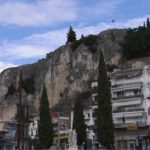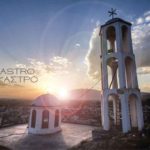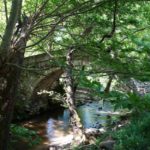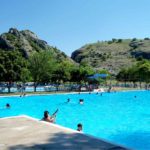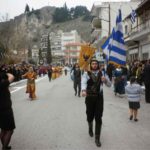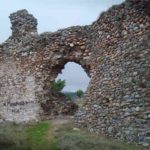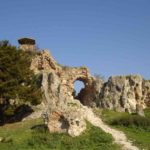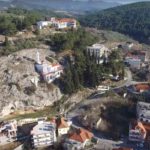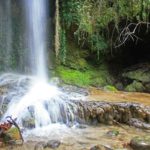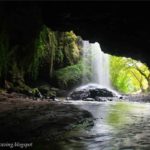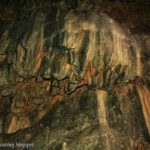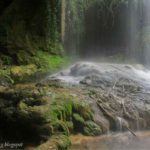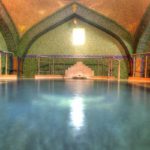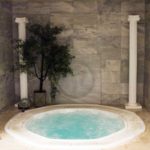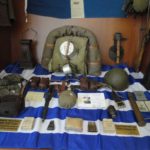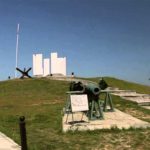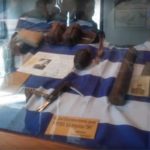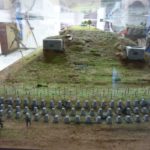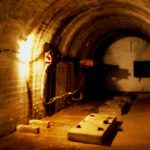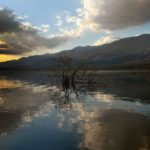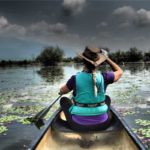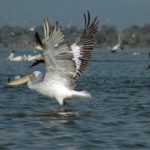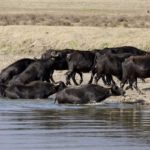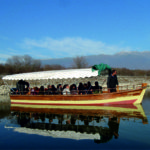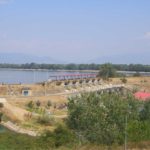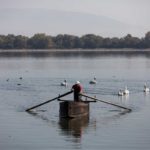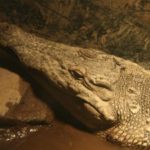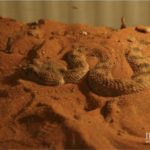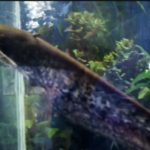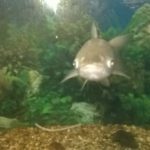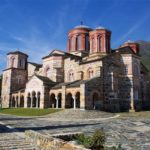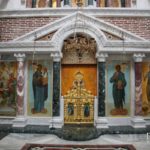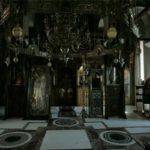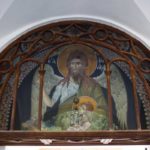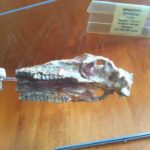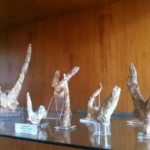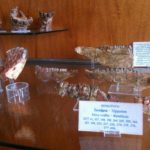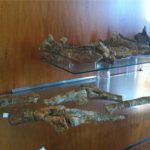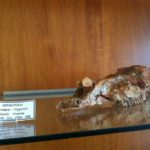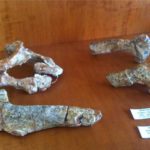Sightseeing - Activities
Sidirokastro
Sidirokastro is 25 kilometers northwest of Serres, between the Vrontous and Agistro Mountains (north) and the river Strymon (west).
The city is crossed by the river Krousovitis, one of the tributaries of Strymon, which divides the city into two sections. These sections are connected with two bridges, Stavros and Kalkani. The landscape is even more beautiful thanks to the River Maimuda and its tiny bridges.
The Byzantine Castle
The Byzantine Castle, built on the hill of 155 m high, dominates the Northwest of the city. It was first built in 527 AD. by Emperor Justinian and completed by Andronikos III Palaiologos (1326-1341).
In the castle there are also the ruins of a Byzantine temple, which was destroyed by the conquest of the area by the Ottoman Turks in 1384.
From the panoramic position of the castle, the visitor can observe the entire city and a large part of the plain of Serres, the river Strymonas and Lake Kerkini.
Hot Water Waterfall
The waterfall is just outside Sidirokastro on the river Krousovitis.
It falls from a height of 15 meters and its water is hot. Behind it is the entrance to an underground 130m long river. with enough stalactites and many bats. At the base of the waterfall, there was a stalagmity formation in the form of a couple, which is in 2006.
Thermal Baths of Sidirokastro
The springs of Sidirokastro are known from Byzantine times. During the Ottoman domination, the traveler Evliya Celebi, who passed from there in 1667, was in use.
The old facilities were destroyed by the Bulgarians during the Balkan wars. The old hamam, however, survived. It is paved with small tiles like a mosaic. In 1930 an architect named Tsagris had the insight not to demolish the old half-destroyed hamam with the imposing dome but instead to restore it.
Folklore - Historical Museum
"Michalis Tsartsidis"
It has a large collection of weapons, dating back to the Balkan Wars, World War I and World War II.
The second part of the collection, the folklore, is not meant to represent the traditional way of life but to preserve and display some rare or even less rare tools, uniforms, objects used in earlier times.
Rupel Fortress
Fortress Rupel is a fortress on the northern border of Central Macedonia, built in 1914.
The fortress became famous during the Second World War when the invasion of the German and Bulgarian armies stopped in front of this fort.
Walking in the chambers and side corridors there are depictions showing the battle fortress (gunner, doctor for the doctor who cares about the injured, the sergeant in his office and the captain’s office, and more).
Lake Kerkini
Lake Kerkini is today one of the most important bird stations in Greece and, as it is along the migratory route for migratory birds on the way to the Aegean Sea, the Balkans, the Black Sea, the Hungarian steppes and beyond it is experiencing an interesting immigration.
Activities in Lake Kerkini : Hiking, Boat tour, Horseback riding, Observation of Birds , etc
Aquarium and Reptile park of Vyronia
The visitor can experience the fishpond of Lake Kerkini and the broader ecosystem of the river Strymon. Also be aware of the points you can visit on the lake.
There are 22 large aquariums that host the fishpond of Lake Kerkini. Of the 30 species that have been recorded in our ecosystem, 22 are hosted. This has to do with the season. In the winter we reach up to 26 – 27 species.
The star of the area is of course the “Vyronas”, a Nile crocodile, of the Crocodylus niloticus family.
Holy Monastery of Timios Prodromos
The majestic Holy Monastery of Timios Prodromos retreat dominates in a prime location above the village of Akritochori, with an unbeatable view of Lake Kerkini and the wetland.
The interesting architecture is accompanied by caretaking outdoors with grass and trees. The Holy Hymn of the Holy Prodromos celebrates on August 29th.
Palaeontological Museum of Thermopigi
This is one of the most important discoveries concerning Paleontology in the region of Serres.
A savannah of 5-7 million years old with hooks, mastodons, giraffes, horsemen, gazelles, wild boar roam along with machairodont , rhinoceros, and other dangerous animals.
The most important finding is the best-preserved skull of an anchylogger (Ancylotherium pentelicum)



